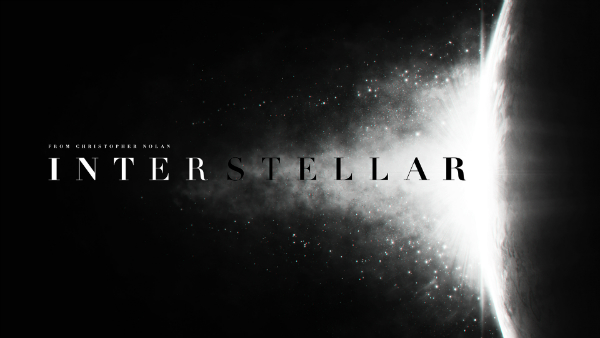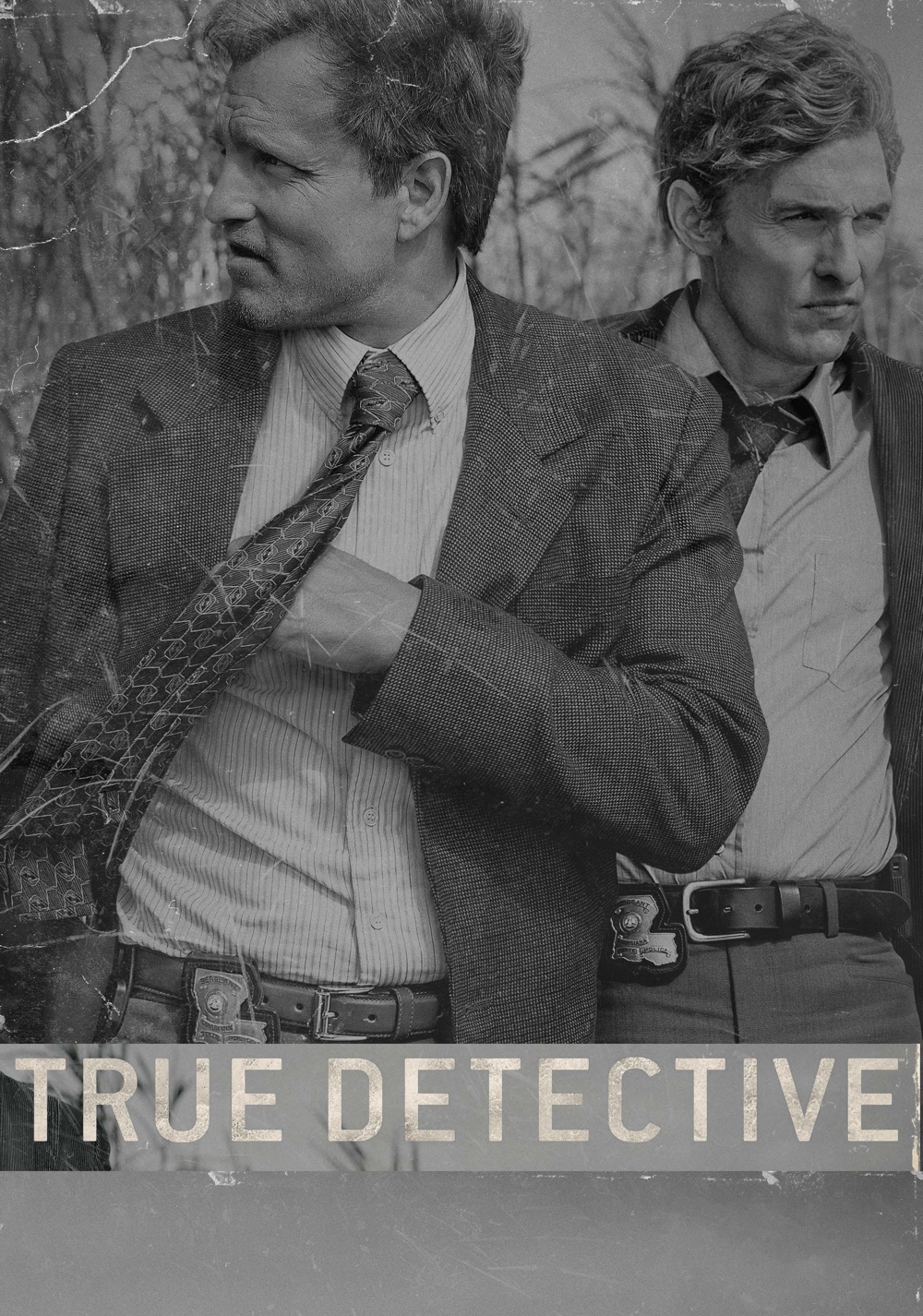
Written by Amanda Rodriguez.
Spoiler Alert
Director Christopher Nolan’s latest opus, the dystopian space/time/dimensional travel film Interstellar, is impressive. It’s beautifully shot with stunning visuals (the black hole is amazing). It depicts a realistic species-threatening crisis with the dwindling success of food cultivation. It has an expansive vision of our future as human beings, and it has super cool science that it manages to make accessible to the layperson. Despite a running time of two hours and 40 minutes, I very much enjoyed Interstellar, but… (I wish there didn’t always have to be a “but”) the film’s depiction of its female characters was lacking to say the least.

Interstellar is about Coop (Matthew McConaughey) and his struggle to save the human race and get back to his family. Make no mistake, despite there being two strong, female supporting leads, this movie is all about Coop; his quest, strength, morality, ingenuity, and righteousness. Even at the end of the film when he discovers that everything had always been about his daughter Murph (Jessica Chastain) and her ability to solve the “gravity equation,” we linger very little on her story or her life as it exists outside of her father.

Even the long-awaited father/daughter reunion is rushed and anticlimactic with Murph insisting that she isn’t important and that Coop has better things to do than spend time with her. What the hell? Aside from the payoff being weak from an objective standpoint, this scene reinforces the idea that even the most beloved female characters exist solely to spur on and facilitate the journey of the male hero.

On the space expedition with Coop is his mentor’s daughter, Dr. Amelia Brand (Anne Hathaway). She is a scientist, but I’m not exactly sure what her area of expertise is. She’s in charge of the “Plan B” genetic material, which is sort of a mother role, but she also claims to be the expert on which planet they should choose based on its proximity to the black hole. Regardless, her duties aboard the Endurance are a bit fuzzy.

Dr. Brand’s most distinguishing characteristic, though, is that she is a fuck-up. In her obsession to retrieve logged data (which proves useless) from one of the potential new homeworld planets, Brand jeopardizes the entire mission, gets a fellow scientist killed, and loses the crew a lot of years. She cries about her mistake while Coop lays into her. I couldn’t help wondering why the sole woman on the expedition had to be the one who supremely fucks over the crew even worse than the male rogue scientist who is actively trying to sabotage them?

Brand also makes the case that the final planet the crew should investigate is the one on which her lover awaits them in cryo-sleep. Her scientific reasoning that the planet being far enough away from the black hole that it would be unaffected by its gravitational pull is sound. However, she then launches into an impassioned, weepy speech about love and how love drew her across the universe. In the theater, I almost puked all over myself. Though the film then adopts the concept of love being the only force that can traverse all dimensions, it’s hokey and annoying that the only female scientist on the mission must be the one to deliver that saccharine sweet, touchy-feely message, especially since it runs counter to her reserved and logical character.

I’m not saying that women can’t be sensitive or fuck-ups or supporting characters, but it gets tiresome when this is frequently the case in films. It’s getting old hat to constantly see female characters on screen who lack dimension, exist solely to further the plot, or whose ability to do their jobs is questionable. At least Interstellar didn’t grossly sexualize the women of the film? Interstellar is a good, solid film that entertained my brain (which seems like a rarity these days), but it fails to be a great film due to its inability to create a female character worth watching in any of the 200 minutes of its run-time.
Bitch Flicks writer and editor Amanda Rodriguez is an environmental activist living in Asheville, North Carolina. She holds a BA from Antioch College in Yellow Springs, Ohio and an MFA in fiction writing from Queens University in Charlotte, NC. Her short story “The Woman Who Fell in Love with a Mermaid” was published in Germ Magazine. She writes all about food and drinking games on her blog Booze and Baking. Fun fact: while living in Kyoto, Japan, her house was attacked by monkeys.




